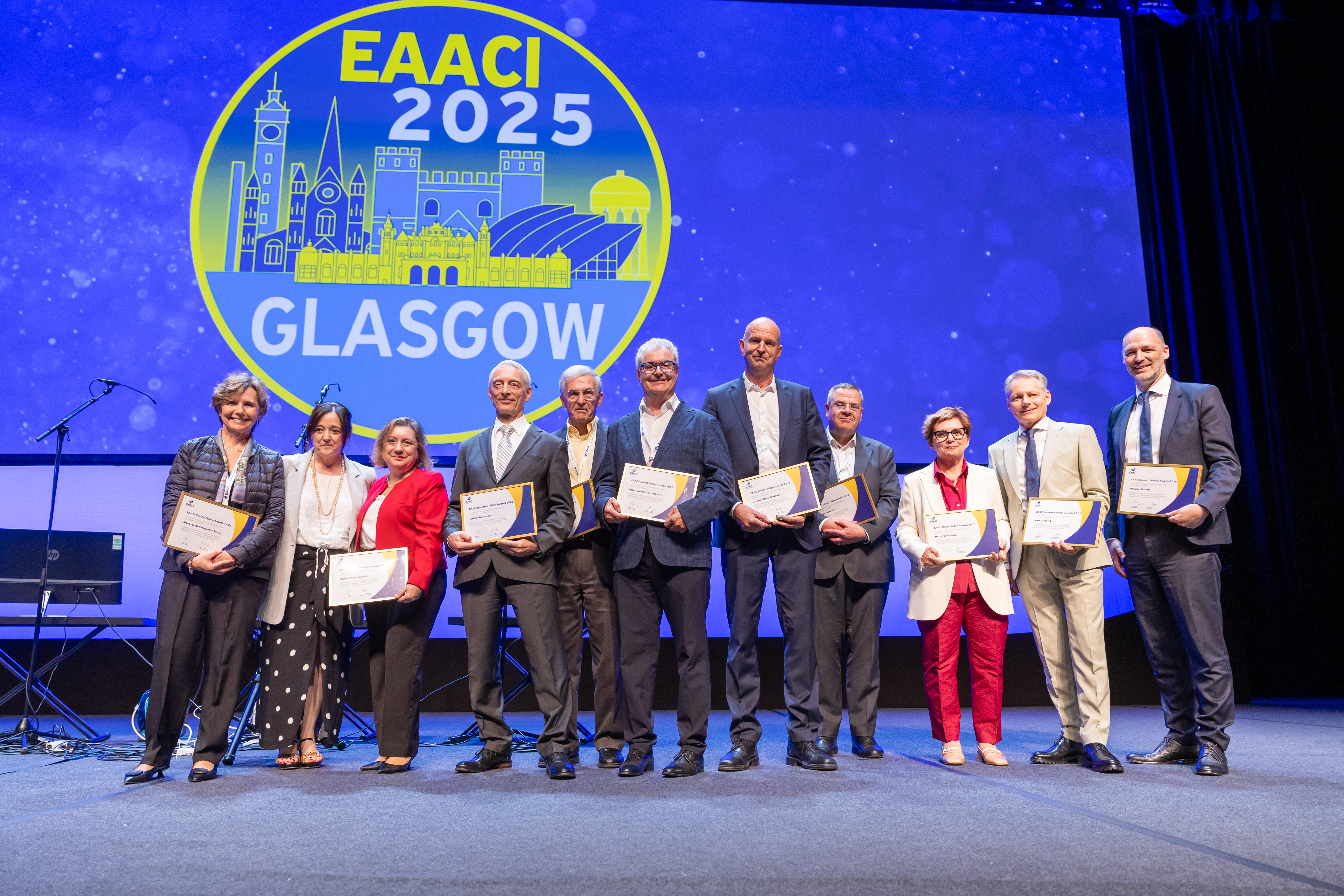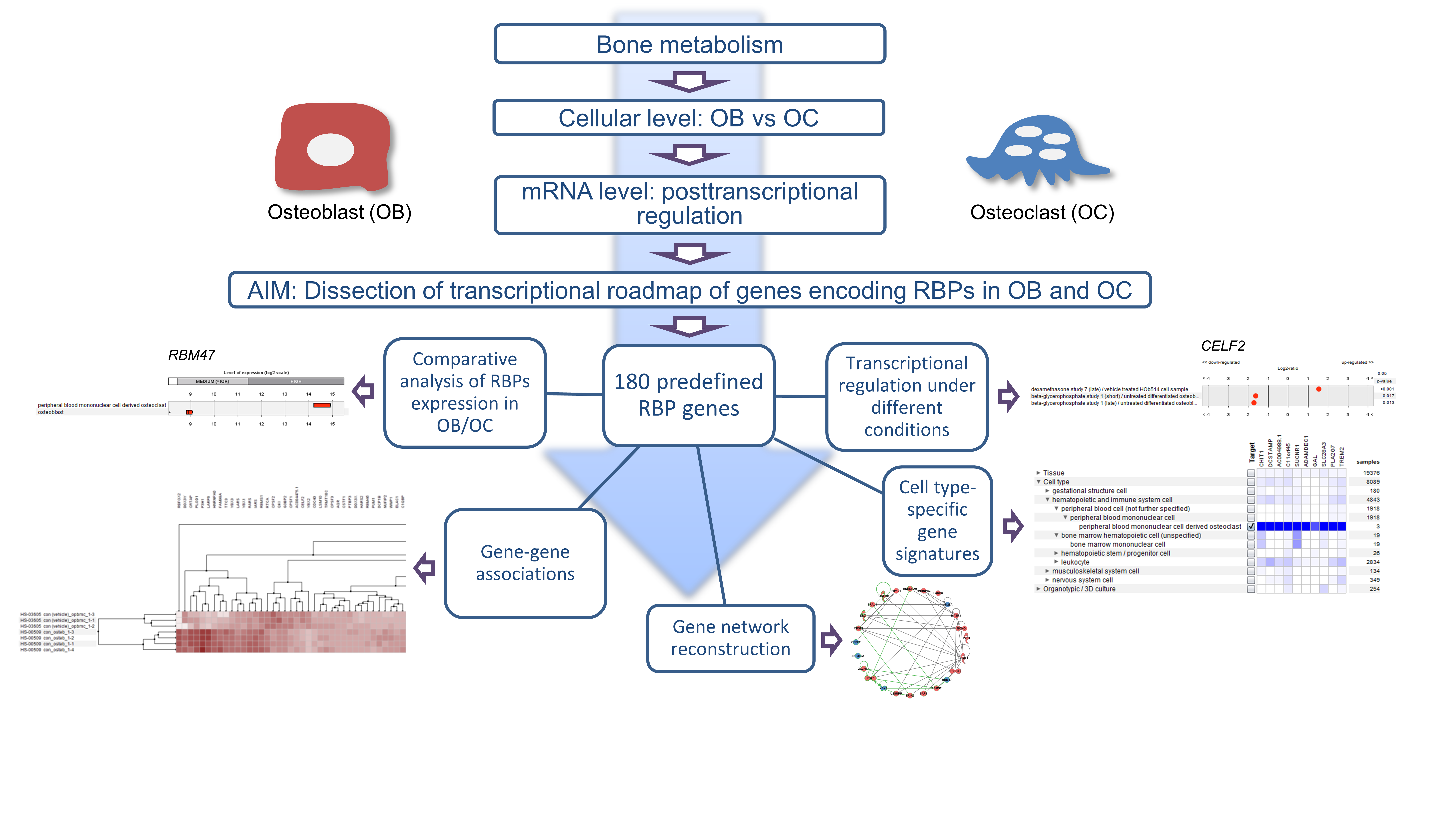Über Uns
Unter „Pathophysiologie“ versteht man, wie der menschliche Körper unter krankhaften Veränderungen abweichend funktioniert. Die Forschungsarbeit unserer 130 internationalen Mitarbeiter:innen trägt zum besseren Verständnis von Krankheitsmechanismen bei und übersetzt die gewonnenen Erkenntnisse in die personalisierte Diagnose, Prävention und Therapie von Erkrankungen. Unsere Forschungsschwerpunke umfassen zelluläre und molekulare Pathophysiologie, Immunpathologie, Infektiologie, komparative Immunologie, medizinische Biotechnologie sowie Krebs- und Allergieforschung. Ebenso legen wir Wert auf höchste Qualität in der Lehre und Ausbildung junger Wissenschafter:innen.



